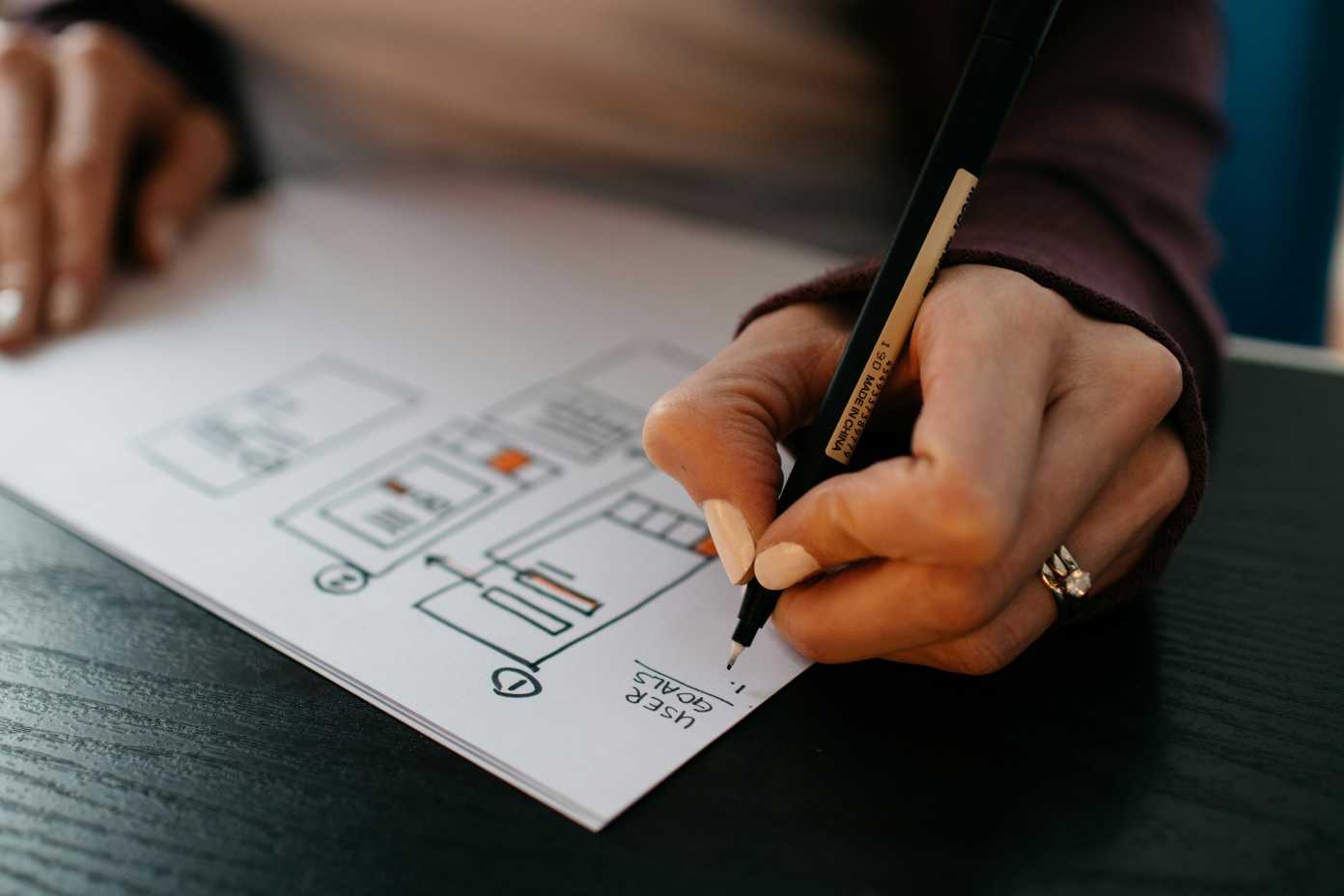Web Design Best Practices: 10 Tips for Creating Engaging Websites
ByJulian Gette
Workast publisher

Workast publisher
Creating an engaging website is essential for capturing and retaining visitors' attention. It acts as a digital front for your brand and significantly influences how visitors perceive and interact with your content. An engaging website can transform casual browsers into loyal customers. By following these ten expert tips, you can dramatically enhance your site's design and functionality, ensuring it attracts visitors and provides them with a valuable and memorable experience that encourages repeat visits.
User Experience (UX) is crucial for practical web design. A site with excellent UX is simple to navigate, enjoyable, and effortlessly meets user needs. Focus on simplifying interactions and providing a seamless flow that encourages more extended visits and deeper engagement with your content. The goal is to make the visitor's journey through your site as intuitive as possible.
Furthermore, UX includes anticipating users' needs and offering solutions before encountering a problem. For instance, providing a search function on a content-heavy website helps users find information quickly without sifting through pages manually. Each element on your site should enhance the user's journey and contribute to a holistic, positive experience.
Responsive design ensures your website looks and works well on all devices, from desktops to smartphones. This adaptability is essential as more people use mobile devices to access the web. Use media queries in your CSS to make layouts flexible and images scalable to any screen size, which improves the usability and accessibility of your site.
It's not just about making it look good on a mobile device; it's also about ensuring functionality. Menus, buttons, and navigation links should be easily clickable, regardless of screen size. Testing on various devices or simulators can help ensure your website provides a consistent experience across all platforms.
Speed is a significant factor in website design. Sites that load quickly provide a better user experience and are favored by search engines. Optimize your site by compressing images, minifying CSS and JavaScript files, and reducing server response times. Simple changes like optimizing images before uploading can drastically reduce load times.
Additionally, utilize caching techniques and content delivery networks (CDNs) to enhance your website's speed further. These tools help store cached versions of your content at multiple, globally distributed servers so users can access your site quickly, no matter where they are.
Designing your website with international accessibility in mind is crucial for engaging a global audience. It's essential to comply with standards such as the Web Content Accessibility Guidelines (WCAG) and adhere to regional regulations like the European Accessibility Act (EAA) in the EU and the Americans with Disabilities Act (ADA) in the US. Moreover, countries within the EU, such as Germany, have specific requirements, such as the Barrier-Free Information Technology Ordinance (BITV). Ensuring compliance with BITV not only aligns with broader accessibility goals but also addresses local nuances, making your site more accessible to German users.
By incorporating features like language selection and accessibility widgets, your website becomes more user-friendly for non-English speakers and demonstrates cultural sensitivity. This approach broadens your audience and enhances your brand's global reputation by showcasing a strong commitment to inclusivity and user-friendliness.
Visual appeal plays a crucial role in web design. Choosing suitable colors, fonts, and layout can enhance your brand's identity and improve your site's readability and usability. Consistency in design elements across all pages creates a cohesive look that reinforces your brand and helps users navigate more effectively.
Moreover, the visual design should guide users' attention to important information and calls to action. Use contrast and spacing to highlight key features and make essential buttons or links stand out. This strategic use of design elements can significantly increase user engagement and conversion rates.
Intuitive navigation is key to keeping visitors on your site. Design your menu structures and navigation paths to be clear and logical. Dropdown menus and well-labeled categories can help users quickly navigate your site. The fewer clicks users make to see what they need, the better their overall experience.
In addition to a well-organized menu, incorporating a site map and a robust search feature can enhance navigability, especially for more significant sites. These tools allow users to visualize the site's layout or quickly locate specific content, improving functionality and user satisfaction.
Explicit and relevant content is fundamental to keeping users engaged. Use concise language and avoid jargon to make your text easily understandable. To improve readability and scannability, organize content with headings, subheadings, and lists. Engaging and direct content holds users' attention and encourages them to explore further.
Content should also be updated regularly to reflect the latest information and trends relevant to your audience. This boosts SEO efforts by keeping your site fresh and shows your commitment to providing value to your visitors. Regular updates keep users coming back and help build a loyal audience.
Incorporating multimedia elements like videos, audio, and interactive content can significantly enhance user engagement. These elements should be used strategically to complement your content and not overload visitors. Ensure multimedia files are optimized for quick loading and are accessible to users with various needs.
Moreover, it provides multimedia alternatives to accommodate all users. For instance, offer subtitles for videos and alternative text for images. This inclusivity ensures that everyone, regardless of disability or browsing context, can enjoy the whole experience provided by your site.
Effective SEO practices are essential for making your website visible to more people. Start by ensuring your site's structure and content are optimized for search engines. This includes using relevant keywords naturally, optimizing image alt attributes, and ensuring your site has a fast loading speed.
Incorporate meta tags, descriptions, and titles that accurately describe the content of your pages. These elements help search engines understand and rank your site more effectively. Regularly updating your content and adhering to SEO best practices can lead to higher rankings and increased traffic over time.
Keeping your website up-to-date and receptive to user feedback is essential for sustained success. Schedule regular reviews of your content and design, updating them as necessary to stay current with industry trends and user expectations. This shows your visitors that you are committed to providing a high-quality, relevant experience.
Seek feedback through user surveys, social media interactions, and website analytics. Understanding how users interact with your site and where they encounter problems can provide valuable insights. Use this feedback to make informed adjustments, continuously improving your site's user experience and effectiveness.
Creating an engaging website involves well-thought-out design, strategic content placement, and ongoing optimization. By following these ten best practices, you can build a website that looks great and performs well, meeting users' needs and achieving your business goals. Remember, the most successful websites evolve with their audience, constantly adapting and improving to offer the best experience possible.
